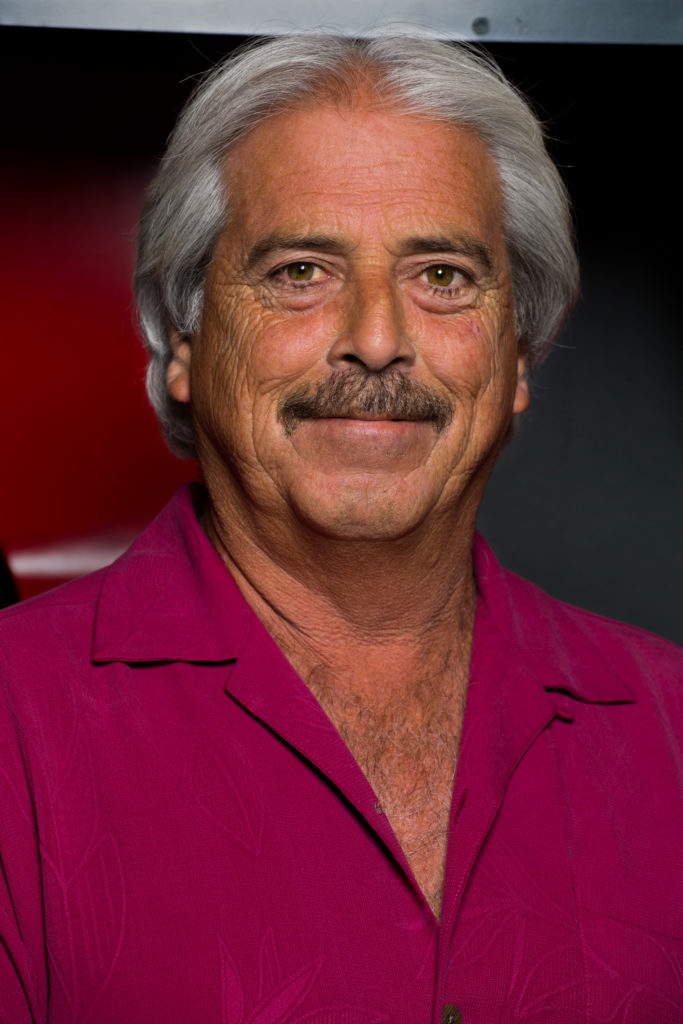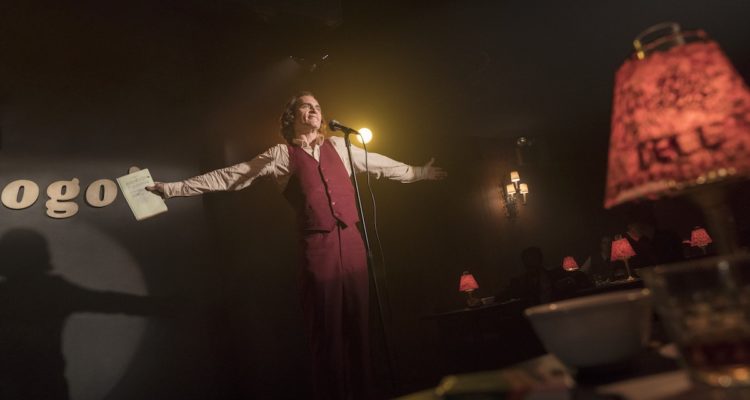“I Kind of Want More.” Oscar Nominated Sound Designer Alan Murray on the Potential for a Joker Sequel, the Media Frenzy Surrounding the Film’s Premiere, and Its Ultimate Triumph at the Box Office and Record Setting Eleven Academy Award Nominations as a Comic Book Film.
Sinister and brazen is how one might describe Oscar nominated Sound Designer Alan Murray‘s work for Todd Phillips’ Joker. After a highly publicized media frenzy over the film’s potential to insight violence, the R-rated film went on to gross over a billion dollars at the box office and earn 11 Oscar nominations.
The film is a reimagining of the classic DC character and Batman antagonist, starring Joaquin Phoenix as Arthur Fleck. Fleck is a struggling, destitute clown performer who is also his mother’s primary caregiver at home. When Fleck’s dream of being a standup comic becomes ridiculed via a national talk show, the already mentally damaged Fleck begins to unravel. It’s a testament to Phoenix’s work that he’s received the Oscar nomination as well as wins at the SAG awards and Golden Globes.
When it comes to awards, Alan Murray is one of the most decorated industry veterans in the sound field. He’s amassed 10 Oscar nominations and two wins. Awards Focus spoke to Murray ahead of the Academy Awards, talking all things Joker and discussing the evolving technology and 360 degree sound, and his a delicate dance with Emmy and Golden Globe winner Hildur Guðnadóttir’s score.

Awards Focus: What you think the general Oscar viewer at home should know about your craft?
Murray: It’s a two-dimensional art you know. It’s picture and sound together and each complimented by each other and they bring you into a 3-D environment and welcome you into the world of the film.
AF: What separates Todd Phillips from other directors that you’ve worked with?
Murray: Todd was totally into this movie, he was 100 percent dedicated and had incredible ideas about what he wanted from Day One. His vision was exact, and it shows in the finished film.
AF: How has Dolby Atmos helped shape your work?
Murray: Well you have such a huge 360-degree sound field to play with nowadays. For a scene like a claustrophobic subway ride we are able to draw the moviegoer into that with the sound. It’s very powerful. I thought Dean [Zupancic] and Tom [Ozanich], our mixers, did such an incredible job going from Hildur Guðnadóttir’s score to more design and effects… the trade-offs were stunning.
AF: What relationship do you have with the composer on a film like Joker, which is so infused emotionally with its music.
Murray: Hildur worked for the late Icelandic Composer Jóhann Jóhannsson and I had worked with him on Sicario and Soldado. Hildur composed for Soldado after Johan had passed away and we’ve had a good relationship where our design has worked incredibly well with her scores. It’s such a delicate dance with her music, trading off through Arthur Fleck’s conflicts. In the film, we create a sinister and brazen for Fleck through sound effects… it’s all about heightening the tension.
AF: In the protest scene we don’t hear specific words but the scene has such a powerful resonance. How did you achieve that?
Murray: Todd always wanted the city to be alive and on edge, there’s a constant sense of danger and tension to the environment. In the riot scene, he never wanted specific call outs or clear articulate words. It was more like an angry boiling crowd, portraying the anger of the city. So we took big ADR groups onto the back lot at Warner Bros and recorded from rooftops.
AF: There is an unspoken subtly to your job isn’t there?
Murray: Yeah there’s times when your’e up front and leading the pack and then times when you go back and help the show. You can’t overwhelm- you have to be careful.

AF: There was a lot of excitement surrounding the Joker’s first trailer, the anticipation grew exponentially, then the premiere was nearly canceled because of the perceived threat of violence. That moment passed and ultimately the film grossed over a billion dollars and set records as an R-rated film and an comic book film. Can you walk me through what that roller coaster was like for you?
Murray: We were in love with the movie from the start and Joaquin Phoenix was so mesmerizing. When this whole thing with the press happened, I think it was very unfair to judge the movie without seeing it. Once it caught on worldwide we were so happy and so proud. Every department had brought their A game to this movie.
AF: Do you have ideas on where you’d like the story to go, or do you hope this is a stand-alone film?
Murray: I thought when we were first working on Joker it was said to us that is was a stand-alone film and now that I’ve seen Joaquin (Phoenix) take the role where he has taken it I kind of want more. I want to see more of the evolution of the Joker. I’m hoping there’s one… we’ll see.
AF: What do you hope that audiences take away from the film.
Murray: I think it’s a tough story about the abuse that society can put on people that have mental illness and that we should do better for each other.


